World building can be one of the most rewarding parts about playing Dungeons & Dragons. You get to take your friends into a world you have envisioned. But making a world from scratch can be difficult. That's why we brought world building experts Lou Anders (he/him) and Travis Vengroff (he/him) on stream to share their best tips.
Anders is a Hugo award-winning author and game designer known for Once Upon a Unicorn, Star Wars: The Pirate’s Price, and the Thrones & Bones book series. Vengroff (he/him) is an award-winning producer, sound designer, writer, and musician behind the Dark Dice D&D podcast (featuring Jeff Goldblum!), and audio drama podcasts The White Vault, Liberty Endures, and VAST Horizon.
Here's what they had to share:
- Establish a goal
- Start small
- Collaborate
- Take notes from history
- Flesh out cultures
- Think of places as characters
- Map out your world
- Envision the game from a player's perspective
Watch the interview
1. Establish a goal
Setting a goal creates a framework for your creativity, and allows you to better hone in on what you want to accomplish with your world. For example, if you want to build a horror setting for your D&D campaign, your goal might be to create a world that makes your players' skin crawl. Would a city of undead infested with insects give you the creeps? Would a magical disease that slowly turns you into an ooze make you shift in your seat? If so, you could be headed in the right direction.
You can have simpler, more concrete goals, as well. You might think, I want to have a fight atop a waterfall, and work backwards to create a town that is near one. In this way, having a goal allows you to reverse engineer when world building.
Goals can also serve as a way to get feedback from players. Suppose you've put together a haunted house akin to the House of Lament to run a one-shot. At the start of the game session, you could announce the feeling you'd want to convey through the setting. Afterward, you'd check in with your players on what were notable moments for them and use that feedback to rework the haunted house and build the town around it.
2. Start small
It's easy to get overwhelmed when building a world. But it's important to realize that you don't need the entirety of a world created before running a game.
Start by building something that is easy to manage and create, such as a small village. Build on your established lore as your player characters come across new facets of the world. If your village only worships one god, then you only have to make up some lore for that one god, instead of creating an entire theistic pantheon. If the village is disconnected from major cities, then the villagers might only be knowledgable of events that have affected the village rather than the entire region.
3. Collaborate
Collaboration doesn't just involve working with others. It means working with any source of information and inspiration you can find. Movies, TV shows, and video games are a great place to start. If you watch a documentary and learn about a strange animal, you could take that creature and make it larger and more menacing in your own world.
If you love astronomy, you might make it an important facet of your world. In Mythic Odysseys of Theros, for example, the gods exist in a plane known as Nyx, which appears as constellations and cosmic phenomena in the night sky and can be observed by mortals.
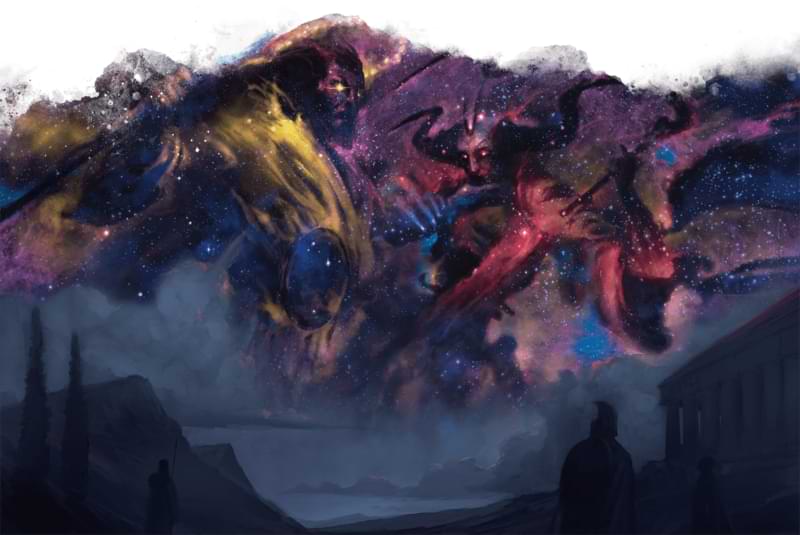
If you run a one-shot adventure in your world, take note of ideas your players come up. They might make a connection you hadn't considered or take an interest in some small detail you included. These can serve as a springboard to fleshing out your world.
Don't be afraid to revisit old ideas, either. If you discarded the blueprint for a monster's lair, check in on it in a few weeks. You might find a good place for it or discover a way to reinvent it.
4. Take notes from history
Historical events can be the building blocks for big moments in your world — or lay the foundation for the overarching plot of a campaign. One of the most famous modern fantasy series, Game of Thrones, is essentially a reimagining of the English civil wars known as the Wars of the Roses.
Try taking an historical event and replacing the names of places and figures. Swapping out even small details can create something unique. Perhaps a key figure in an uprising was a silver dragon or a tunnel that was important to a battle's victory was dug out by purple worms. Maybe a red dragon caused a famine by burning all of the crops in some corner of your world.
This kind of approach can help you brainstorm the why behind events that have shaped your world, while mimicking patterns in history can help you create something that feels authentic.
For creating unique creatures to populate your world with, folklore can be a great source of inspiration. Consider blending creatures from unrelated legends together. Or take a creature from one story and put it into another. Goldilocks could have stumbled into the lair of a hag coven, or the Big Bad Wolf could have been a playful froghemoth.
Use D&D creatures as templates for your own creations
You can use existing D&D monsters as templates for your homebrew creations by using our free homebrew monster creation tool. This approach can help you make monsters that are balanced for combat. Look to existing monster abilities to help you brainstorm abilities that make your creations unique and memorable.
5. Flesh out cultures
What makes one city or town unique from any other in your world largely comes down to its people. As you approach the different folk that inhabit your world, ask yourself questions such as:
- How do they say hello and goodbye?
- What kind of food do they enjoy?
- Who do they commonly worship?
- What are common idioms they use?
- What languages do they speak?
- Do they have a particular accent?
In Van Richten's Guide to Ravenloft, the Domain of Dread Har'Akir is ruled over by the pharaoh Ankhtepot. The people of that domain ceremoniously bury their dead, draining them of their blood, removing their hearts, and wrapping them in black linens. This is done so that the dead might serve Ankhtepot even in death.
6. Think of places as characters
Make places you create unique by developing them in the same way you would develop a character. What does the place want? What is the place best at? What are the place’s problems?
For example, an industrial city might produce lots of goods throughout the day but then party hard at night (Think: Hupperdook in Wildemount). Maybe a small group of citizens oppose the nighttime affairs and want to outlaw partying after midnight so that they can sleep better. Such details make a place feel authentic and could spark ideas for story hooks that encourage players to explore the location and meet its people.
7. Map out your world
Depending on how you best work, you might choose to create a map of a location before fleshing out details like conflicts and frequently traded goods. If you create a regional map and discover that you placed few bodies of water, you can use that detail to shape your narrative. A desert landscape could lead to a battle over resources — or be hiding a vast subterranean network of cities.
Consider the following maps provided by Anders and Vengroff. Each provides a different story told by the topography and architecture:
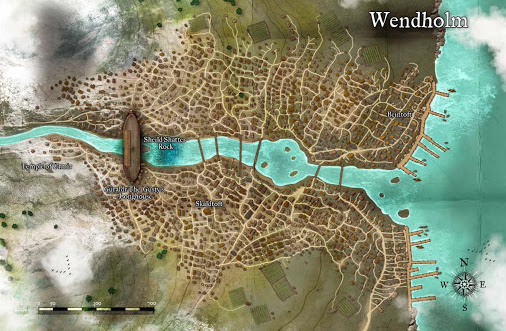
The city of Wendholm. Provided by Lou Anders. Art by Robert Lazzaretti.
On stream, Anders described how a boat from ancient times got wedged atop a waterfall and now deserves as a giant bridge in Wendholm. The lower levels of the boat serve as a marketplace, while the topside has a longhouse occupied by the city's ruler.
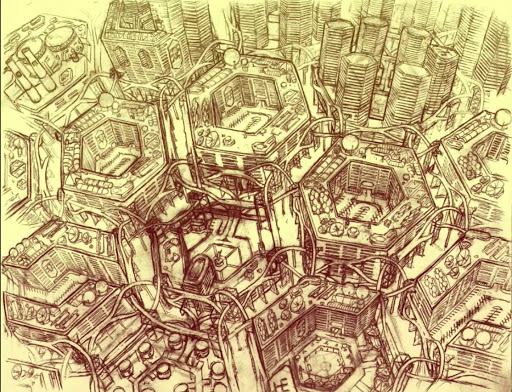
City of Atrius. Provided by Travis Vengroff. Art by James Adam Cartwright.
In one of Vengroff’s settings, the city of Atrius is built like a grid, giving the place a sense of strictness and rigidity that hints at the oppressive regime in charge.
8. Envision the game from a player's perspective
When creating any kind of world, think about how it will be viewed by the audience. While there is a time and place for exposition, always aim to show, not tell. Players care, first and foremost, about details that affect their characters and that appeal to their interests. Few players will enjoy info dumps, where you go on longwinded and unnecessary explanations about your world.
So, drop breadcrumbs of different types for your player characters to discover. Let them guide the narrative by choosing the bread crumbs they want to follow. They might ignore that symbol you placed on the church door — completely missing out on a demonic subplot — and instead take an interest in a talking ferret with a bad back. And that's OK.
D&D is an interactive experience. Your players should have the choice to discover and slowly unravel the details you've meticulously created. Let their curiosity help you understand what resonants with players and guide your world building.
The Wild Beyond the Witchlight is D&D's next big adventure storyline and is now available for preorder on D&D Beyond! It brings the wicked whimsy of the Feywild to fifth edition for the first time and offers new characters, monsters, mechanics, and story hooks suitable for players of all ages and experience levels! Master-tier subscribers can share their books and other compendium content with friends in their campaigns!
Bryce Miller-Booker (@BMillerBooker) is English Language Arts graduate from San Diego State University. He is a writer with a love of all things geek, including video games, anime, trading card games, esports, and reading. He has a particular interest in social geek events such as local competitions for the various trading card or video games he is playing as well as tabletop games like Dungeons & Dragons. The greatest loves in his life are good food and his pet dog and partner in crime, Zero.








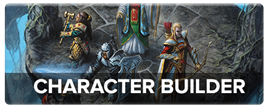
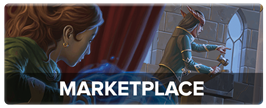
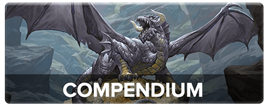
-
View User Profile
-
Send Message
Posted Jul 6, 2021First
Edit: Great article, i'm gonna have to remember this one for later.
-
View User Profile
-
Send Message
Posted Jul 6, 2021second!
good article would like to see more like it
-
View User Profile
-
Send Message
Posted Jul 6, 2021Great tips and perfect timing, since I’m building a homebrew world right now!
-
View User Profile
-
Send Message
Posted Jul 6, 2021Third
This is so helpful. I have tried my hand at worldbuilding and have failed. This makes it much more easy to focus on what I'm doing.
-
View User Profile
-
Send Message
Posted Jul 6, 2021Great article, this definitely helps me with my world building.
-
View User Profile
-
Send Message
Posted Jul 7, 2021"On stream, Anders described how a boat from ancient times got wedged atop a waterfall and now deserves as a giant bridge in Wendholm."
I think you meant "serves". Great article, though.
-
View User Profile
-
Send Message
Posted Jul 7, 2021Not sure if this is on purpose but the image that you click on to read this article looks like an elvish Jeff Goldblum. Love it
-
View User Profile
-
Send Message
Posted Jul 7, 2021Helpful
-
View User Profile
-
Send Message
Posted Jul 7, 2021No accident! Jeff Goldblum is one of the players in Travis’s D&D podcast Dark Dice! Totally worth checking out.
-
View User Profile
-
Send Message
Posted Jul 7, 2021Nice, but isn't there already a worldbuilding series by James Haeck?
-
View User Profile
-
Send Message
Posted Jul 7, 2021Yeah, but they're more specific. They're awesome articles, and if you liked this one and want to dive in deeper, join in.
-
View User Profile
-
Send Message
Posted Jul 7, 2021I love this article! It's a great way to start out. There's a ton of advice out there for how to make your world, but none of it seems as applicable to all situations and good for avoiding info dumps as this.
Something I would give to avoid info dumps: find out which forces, such as gods, villages, factions, monsters, etc., and give the players 1 sentence on each. Then let them decide which one their character likes best and knows the most about. Give them a short paragraph on that one. Then start playing.
It keeps you from telling people more than they want to know, just giving them an info dump on what they want an info dump on.
-
View User Profile
-
Send Message
Posted Jul 7, 202113th (can we get a hobbit in here) I’d just like to come out and say that I LOVE WORLDBUILDING. Something that I find helpful as well, when worldbuilding, is to create a character or organization and build the world off of that. For example, a blind prince who carries daggers, born in the wake of a war. Already you have several points you can build off of. Why is he blind? Why does he carry daggers? Where did he get the daggers? What was the war about? Who was the war with? Did anybody he know die in the war? And so on. By making up answers to these questions you can make yourself a pretty stable base off of which to build your world.
P.S. although I love this article, can we get back to the old series, such as spell spotlights?
-
View User Profile
-
Send Message
Posted Jul 7, 2021Is the thumbnail Blum Goldjeff?
-
View User Profile
-
Send Message
Posted Jul 7, 2021YES YES YES!
-
View User Profile
-
Send Message
Posted Jul 7, 2021It's Jeff Goldblum's character art for his elf in Dark Dice.
-
View User Profile
-
Send Message
Posted Jul 7, 2021I got this article at a perfect time, as I was just working on a lot of worldbuilding for my own campaign. I hope you all find it useful and/or entertaining
-
View User Profile
-
Send Message
Posted Jul 8, 2021Oh awesome, I’ll have a look thanks.
-
View User Profile
-
Send Message
Posted Jul 9, 2021Definitely looked like Jeff Goldblum exactly what I was thinking. Thats why I clicked it lol